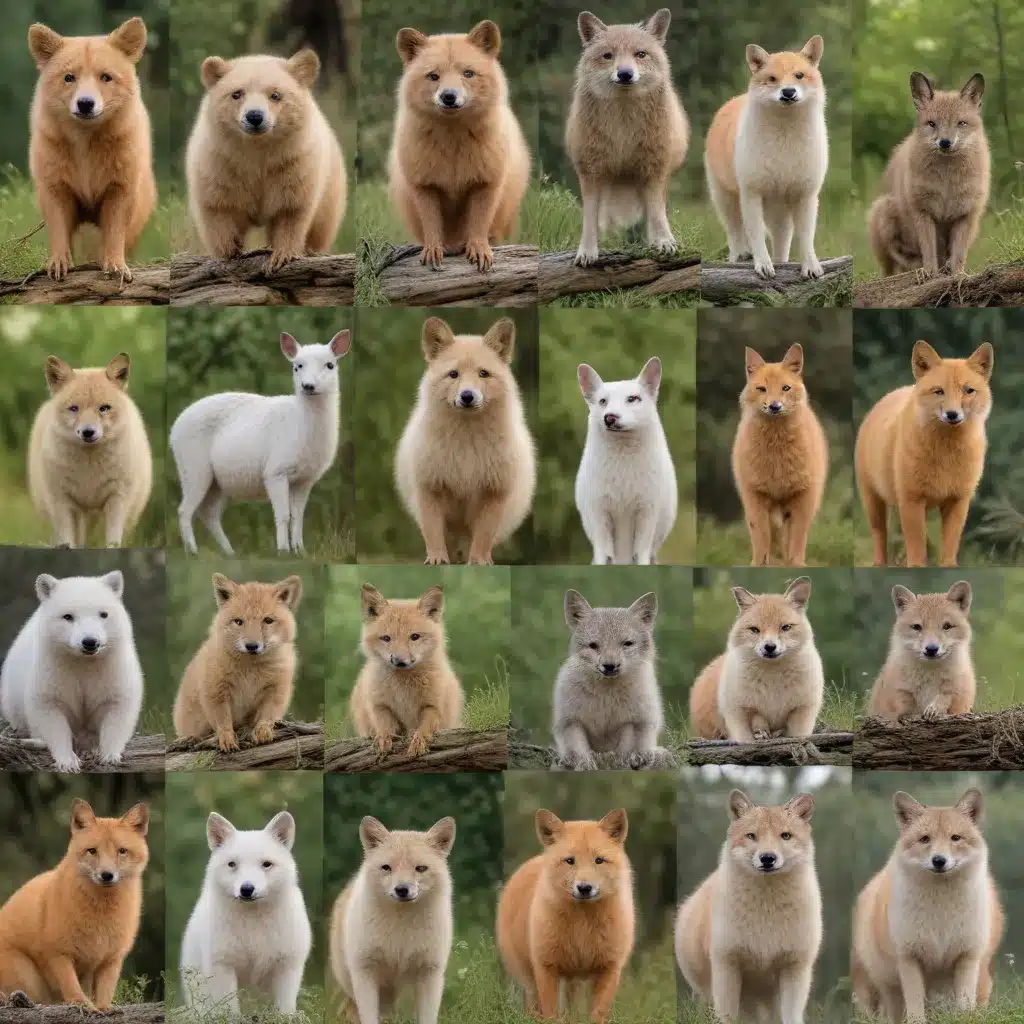
Mammalian gut microbiomes are highly dynamic communities that shape and are shaped by host aging, including age-related changes to host immunity, metabolism, and behavior. As such, gut microbial composition may provide valuable information on host biological age. Here we test this idea by creating a microbiome-based age predictor using 13,563 gut microbial profiles from 479 wild baboons collected over 14 years. The resulting “microbiome clock” predicts host chronological age. Deviations from the clock’s predictions are linked to some demographic and socio-environmental factors that predict baboon health and survival: animals who appear old-for-age tend to be male, sampled in the dry season (for females), and have high social status (both sexes). However, an individual’s “microbiome age” does not predict the attainment of developmental milestones or lifespan. Hence, in our host population, gut microbiome age largely reflects current, as opposed to past, social and environmental conditions, and does not predict the pace of host development or host mortality risk.
Gut Microbiome Composition
The gut microbiome is a complex, diverse ecosystem of microorganisms that plays a critical role in host health and development. Microbial diversity, as measured by alpha diversity metrics like richness and Shannon diversity, tends to increase with host age in humans and chimpanzees. However, in our study of wild baboons, we observed a U-shaped relationship, with higher diversity in early life, a dip in young adulthood, and increased diversity again in old age. This unique pattern may reflect the specific developmental and ecological pressures faced by baboons in their natural environment.
At the taxonomic level, we identified numerous bacterial lineages that changed predictably with host age. For example, the abundances of Fusobacteria, Sutterella, and Anaerobiospirillum increased with age, potentially reflecting the establishment of a more complex, protein-digesting gut community. Conversely, the relative abundances of Streptococcus and Enterococcus declined with age, suggesting that these opportunistic taxa may be more abundant in younger or nutritionally-stressed hosts.
Gut Microbiome-Host Interactions
The gut microbiome interacts with the host through a variety of pathways, influencing host metabolism, immune function, and even behavior. For instance, increased abundances of Erysipelotrichiaceae, Lachnospiraceae, and Coriobacteriaceae were associated with larger spleens in urban coyotes, potentially indicating heightened immune activation in response to an anthropogenic diet.
Certain bacterial taxa may also serve as biomarkers of host condition. The presence of Bifidobacterium and Lactobacillus, for example, is often considered indicative of a healthy, balanced gut microbiome in humans and other mammals. Deviations from an optimal microbial community structure could thus signal underlying physiological or behavioral changes in the host.
Wild Urban Animals
Urban environments present unique challenges and selective pressures for wildlife. Generalist species, like coyotes and baboons, that can exploit anthropogenic food sources often thrive in cities, but this dietary shift can have significant consequences for their gut microbiomes and overall health.
In our studies of urban coyotes, we found that those consuming more processed, carbohydrate-rich foods had increased microbiome diversity but also poorer body condition and higher prevalence of the zoonotic parasite Echinococcus multilocularis. This suggests that the nutritional quality of the diet, rather than just its diversity, is a key determinant of host health.
Similarly, the baboons in our study that appeared “old-for-age” based on their microbiomes tended to be males, individuals sampled during the dry season (for females), and those of high social status. These demographic and environmental factors are known to predict poor physical condition, delayed development, and higher mortality in this population, underscoring the value of the microbiome as a marker of biological age.
Microbiome-Based Age Prediction
To harness the potential of the gut microbiome as an indicator of host age, we developed a machine learning model, or “microbiome clock,” that can predict an individual’s chronological age based on its microbial composition. This clock leveraged thousands of bacterial features to generate accurate age estimates, with a median error of just 2-3 years.
Deviations from the microbiome clock’s predictions, or an individual’s “microbiome age,” provide insights into the social and environmental factors shaping biological aging in wild populations. For example, the baboons that appeared older-than-expected based on their microbiomes were more likely to be male, experience seasonal resource scarcity, or occupy high-ranking social positions – all of which are associated with poorer health outcomes in this species.
Importantly, however, we found that an individual’s microbiome age did not predict its developmental timeline or lifespan. This suggests that the microbiome reflects current conditions more than past events or the inherent pace of host aging. This contrasts with studies of epigenetic clocks, which have been shown to predict mortality risk in some species.
Methodological Considerations
Collecting fecal samples from wild animals presents logistical and ethical challenges, but non-invasive sampling methods have enabled microbiome studies across diverse host taxa and ecosystems. In our work, we leveraged long-term monitoring of the Amboseli baboon population to obtain a comprehensive dataset spanning multiple years and life stages.
The bioinformatics workflows used to analyze gut microbiome data continue to evolve, with advances in sequencing technologies and computational tools. Our study employed state-of-the-art machine learning techniques, including Gaussian process regression, to construct the microbiome clock. These approaches can capture the complex, nonlinear relationships between microbial features and host age.
Overall, our findings highlight the value of the gut microbiome as a rich source of information about the health and ecology of wild animal populations. By developing microbiome-based biomarkers, researchers and conservation managers can gain novel insights into how urbanization, environmental change, and other anthropogenic pressures impact the biology of species living in human-dominated landscapes. Visit TriCounty Tree Care to learn more about our work and how the microbiome can inform wildlife management strategies.


